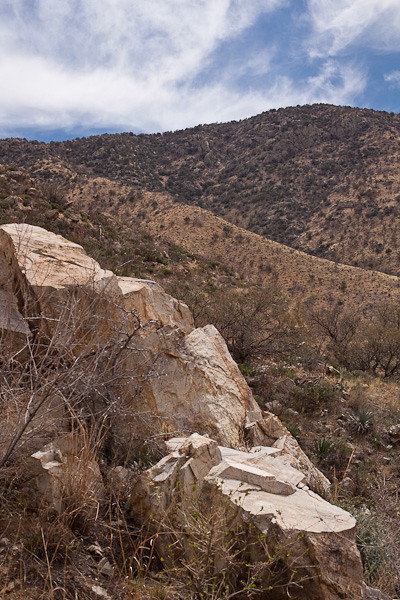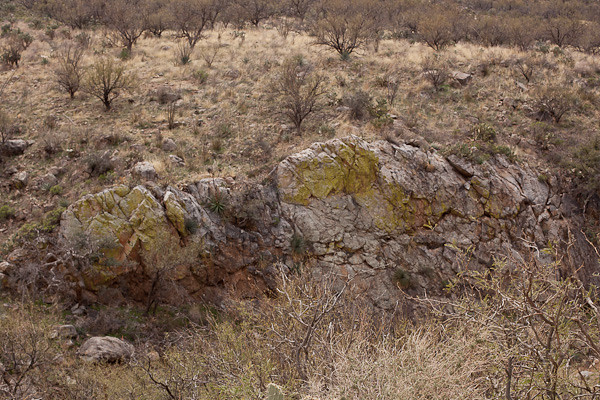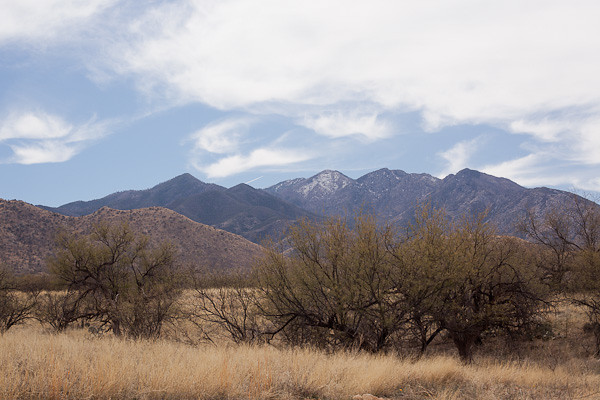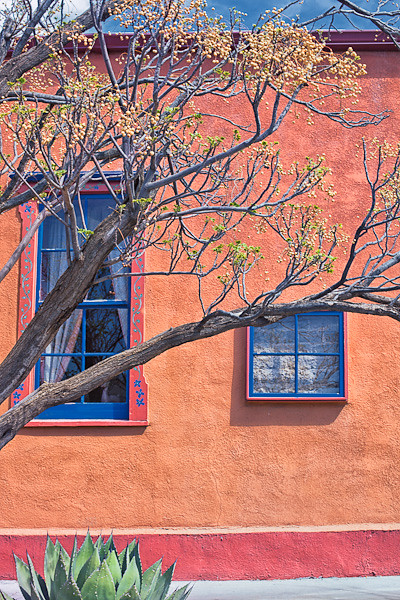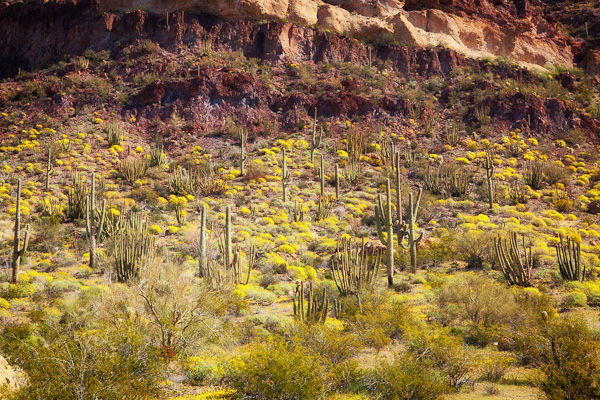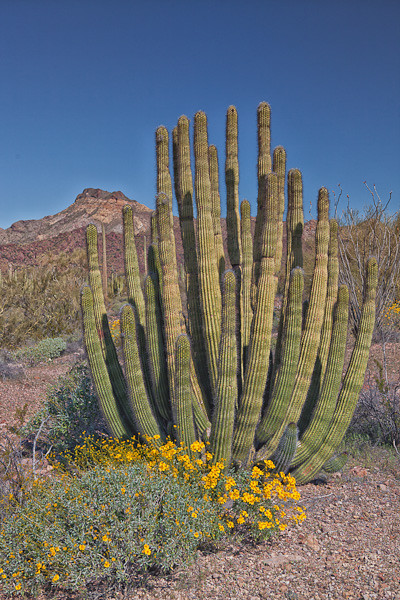A glass of lemonade and a cold bottle of Pomegranate Izze. Living in the moment — ahhh!
So this photograph of two beverages is the perfect reminder to live in the moment. It’s not every day I get to spend a couple of hours with my younger daughter – the youngest of my three kids – sitting in an outdoor cafe in Bisbee, Arizona, sipping freshly squeezed lemonade – the puckery kind – and a Pomegranate Izze. Munching on chorizo and cabbage burritos. Laughing and telling snippets of life stories – some recent, some a decade old, some two decades old. Walking along the up and down sidewalks of Bisbee Arizona, peering at the window displays of the shops and galleries, occasionally wandering through a gallery, oohing and aahing over a painting or a sculpture. So much talent! Admiring the many buildings – schools, homes, businesses – many perched in precarious positions against the mountains.
At one point our conversation drifted to Manda’s propensity for conversation when she was a toddler and preschooler. She loved nothing more than to carry on a lengthy conversation about any topic. She was, and still is, one of the most inquisitive people I know. We played a game for several years, one I devised so that I could get some work done while still entertaining my young conversationalist. When we were talking about it the other day, we both wondered how much this game influenced Manda’s education and the way she thinks and comes up with answers.
We played our game throughout the day. It would start simply enough.
I would make an observation. “Look, the first robin of the season. The robins are back.”
My then three-year-old would say, “Where do they come back from?”
I would offer a simple explanation. “They don’t like the cold weather and snow, so they go to a warmer place during winter.”
Manda would look at me as if I had just told her the biggest whopper ever heard by a three-year old.
So I would counter offer. “Well, what do you think happens to the robins?”
And this is where the fun would begin. Looking back, I wish I had written more of her answers in my journal. Only a few were documented. Some of her conclusions were hysterical, some were thoughtful, some were fanciful, but they all displayed a certain ability to think and be creative. What an amazing thing, yes?
Here are a few lines I once wrote about the return of the robins. After I gave her the straight answer, I would ask Manda is she could think of any other answers. She would give me one and then another, and another. The game continued until she ran out of answers or lost interest.All answers were acceptable.
“The robins go down in the holes with the rabbits.”
‘The robins fly to Grandma’s ( 300 miles south and considerably warmer) and live in her attic.”
“The robins sleep under my bed and they are very, very quiet. I only hear them when they fight.”
“The robins play hide and seek and you don’t see them. I know where they hide.”
And on and on.
Then she would go off and play. That is, until we began the next question and answer game.
——————–
Bo Mackison is a photographer and owner of Seeded Earth Studio LLC, living and photographing in southern Arizona. Visits from her family are always appreciated. 🙂





